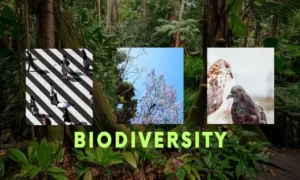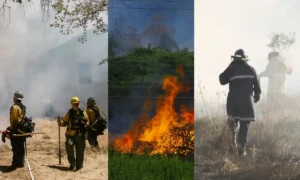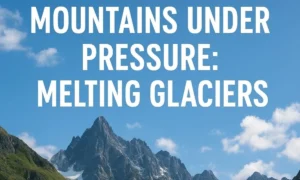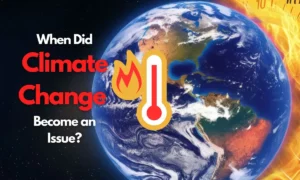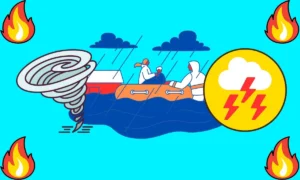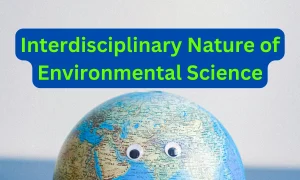3 Key Books That Shaped the Modern Environmental Movement
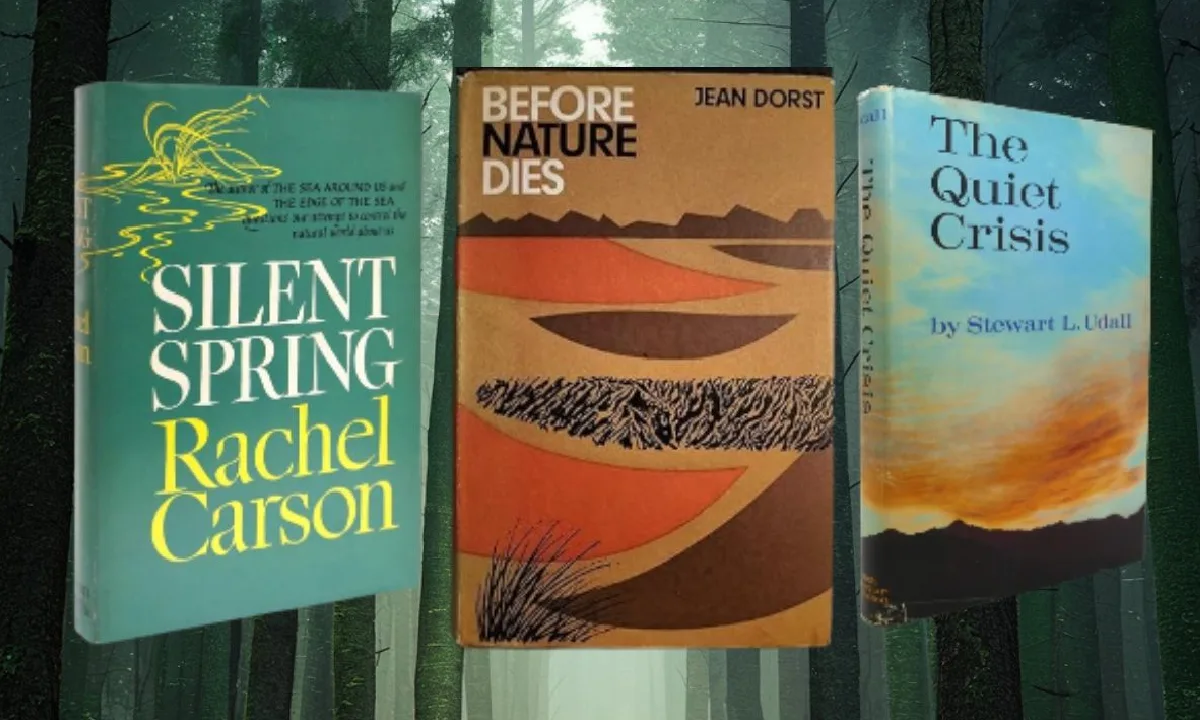
When the Industrial Revolution of the 1800s flourished, the planet Earth saw sudden climate changes. Environmental concerns started to grow. Scientific world started a keen interest in the changing climate at regions being polluted by different means.
Environmental movement began to accelerate in the mid-20th century. Several key events and publications came into limelight about the consequences of environmental issues.
Many authors and intellectuals of the era tried to understand and analyze the changing environment landscape.
There are indeed significant works within the Modern Environmental Movement. Each movement has contributed and raised awareness about environmental issues. The current major issues being global warming, ozone depletion, deforestation, biodiversity loss, and more.
The first Earth Day in 1970 brought millions of people together for nature. It led to the formation of organizations such as Greenpeace and the Sierra Club.
In this article, we shall discuss some important writings of the Environmental Movement.
- ‘Silent Spring‘ written by Rachel Carson in 1962.
- ‘The Quiet Crisis‘ written by Stewart Udall in 1963.
- ‘Before Nature Dies‘ written by Jean Dorst in 1965.
‘Silent Spring’ by Rachel Carson
“Silent Spring,” authored book by marine biologist Rachel Carson, was published in 1962. Many believe it ignited the modern environmental movement.
Silent Spring describes who the use of agricultural chemicals and pesticides affected birds and other animals. It also talked extensively about their severe medical effects on humans.
“chemicals sprayed on croplands or forests or gardens lie long in soil, entering into living organisms, passing from one to another in a chain of poisoning and death. Or they pass mysteriously by underground streams until they emerge and, through the alchemy of air and sunlight, combine into new forms that kill vegetation, sicken cattle, and work unknown harm on those who drink from once pure wells.”
Excerpt from Rachel Carson’s “Silent Spring”
Carson meticulously documented the harmful effects of pesticides, particularly DDT, on ecosystems and human health. She raised awareness about the widespread use of these chemicals. Educating the common people about their devastating impact on wildlife and the environment.
Despite the criticism from the chemical industry, without a doubt, Carson’s work remains a seminal text in environmental literature.
The research-based piece painted a clear-cut picture of a world where springtime is no longer filled with birdsong (Hence the title “Silent Spring”).
Carson’s book had a profound impact on the notion of how human activities were responsible for altering the Earth’s environment.
Carson’s writing is backed up by proper scientific evidence and results. Influenced by the research in various fields such as ecology, biology, and toxicology, she explains how pesticides accumulate in the food chain and persist in the environment. When accumulated in tissues, there were serious implications for animals and human health.
Carson’s ability to convey complex scientific concepts in accessible language made the book reach common readers. People without prior knowledge in this field could comprehend it easily.
In short, Silent Spring brought rein in chemical pollution, especially from DDT. United States banned DDT use completely in 1972.
However, 6 decades after Silent Spring, use of chemicals continues at large. There are chemicals like DDT banned in many regions of the world. But yet the over use of chemicals continue to damage soil environment, effect animals, natural predators and human health.
‘The Quiet Crisis’ by Stewart Udall
The Quiet Crisis, 1963 book by Stewart Udall, warned people of the dangers of pollution. It discussed how man made pollution poses threats to America’s natural resources.
This was the time when there was growing concern about suburbanization. Voices felt nature was seeing destruction at the hands of men.
The book was a bestseller. It is often credited with feeding the basic thoughts to modern environmental movement.
Udall (January 31, 1920 – March 20, 2010) himself was a former U.S. congressman and Secretary of the Interior. He called for a nationwide “land conscience” to conserve the nation’s wild places.
The book looked upon the problems of preserving green spaces in cities and countrysides. It discussed the growing issues of water and air pollution.
The book’s introduction, written by USA’s 35th President John F. Kennedy, stated
“The nation’s battle to preserve the common estate is far from won”.
Ex USA President Barack Obama in his statement on the death of Stewart L. Udall stated,
“Stewart Udall left an indelible mark on this nation and inspired countless Americans who will continue his fight for clean air, clean water, and to maintain our many natural treasures”.
The Quiet Crisis was nominated for National Book Award for Science, Philosophy, and Religion (Nonfiction) in 1964.
The Quiet Crisis prompted United States environmental movement. Till today the book remains a must-read for the student of environmental thought.
Udall once stated,
“Plans to protect air and water, wilderness and wildlife are in fact, plans to protect Man.”
‘Before Nature Dies’ by Jean Dorst
“Before Nature Dies” is a book written by Jean Dorst, a French ornithologist. Dorst was born at Mulhouse and studied biology and paleontology at the Faculty of Biological Sciences of the University of Paris.
Jean Dorst, a professor at the Museum of Natural History in Paris, also president of the Survival Commission of the International Union for Conservation of Nature and Natural Resources (IUCN) and President of the Charles Darwin Foundation, penned down ‘Before Nature Dies.’
The book was published in 1970 in America. It was initially published in French in Switzerland in 1965 as “Avant Que Nature Meure”.
Book was later translated into many notable languages around the world. The first American edition released in 1970. It is regarded as a phenomenal work on the environmentalism.
The book talks about the effects of the Industrial Revolution. One of the key themes of the book was about the wildlife of the whole earth. The book advocates on the dire need for the conservation of biodiversity.
According to Jean Dorst,
“We must become one with this vast natural complex. Up to the present time, our activities have all been aimed at destroying or at least reducing the size of natural habitats by channeling their production in terms of strictly human needs. In place of the multitude of species found in natural forests, we have substituted monocrop fields. The long-term overall balance sheet very often shows a deficit, except on the most fortunate lands, which are restricted in area. Obviously, man can be only one of the elements in our planet’s biological equilibrium.”
source: UNESCO Digital Library
The argument and research presented in the book is drawn from scientific research and observations of the era. It sheds light on the declining state of the nature affected from the Industrial Revolution and human’s predatory nature.
‘Pre-industrial Man and his Impact on Nature’, Man Against Nature’, ‘Man’s Destruction of Land’, and ‘Pollution by Waste Products’ are some of the notable chapters of the book. Even the name of these chapters suggest book takes a critical stance against human activities driving changes into nature.

